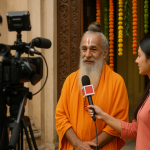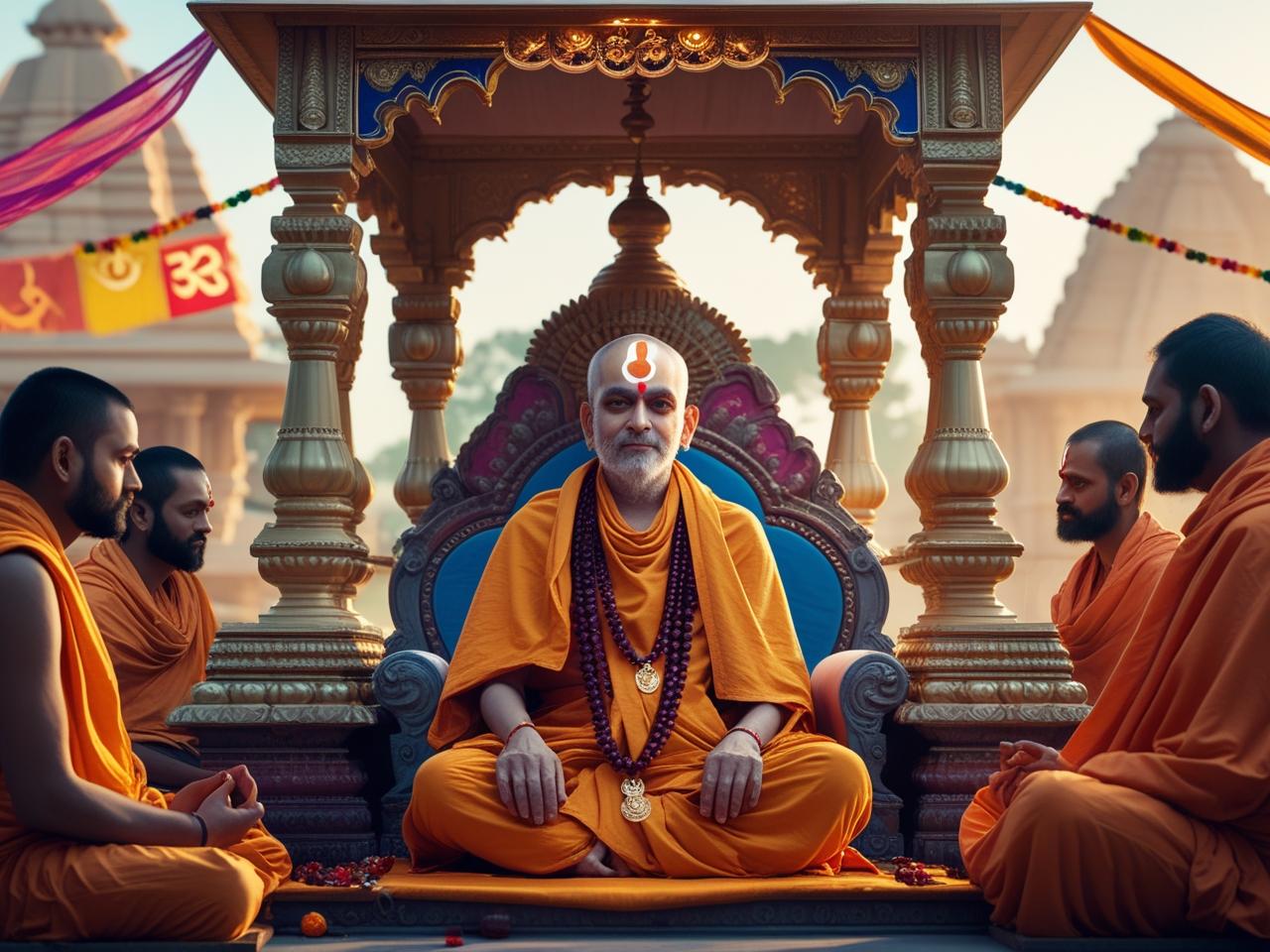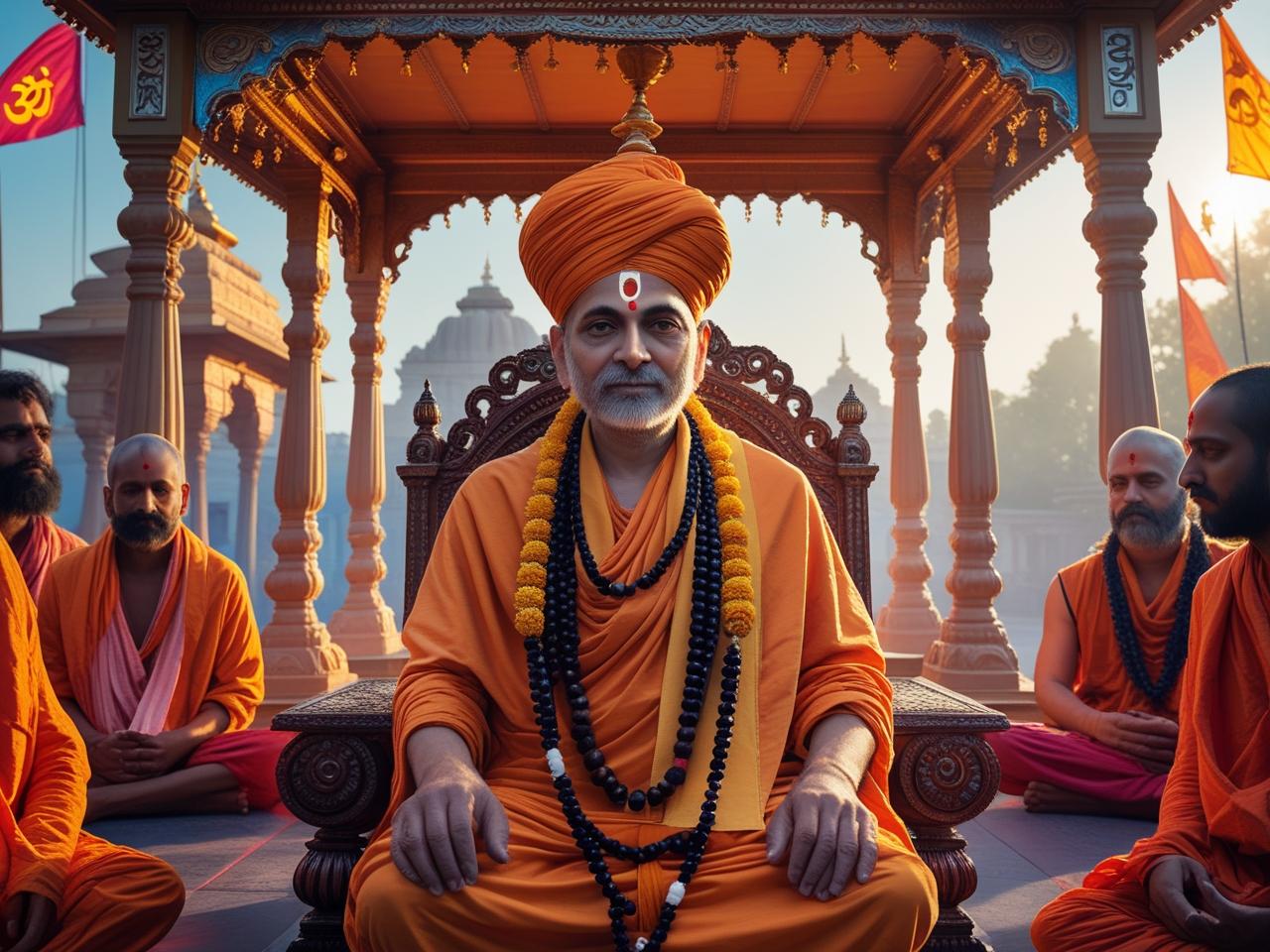The Juna Akhara (also spelled Juna Akhada) is one of the largest and oldest Shaivite monastic orders (Akhara) in India. It plays a prominent role in Hindu religious life and particularly during the Kumbh Mela, where its members—especially the Naga Sadhus—are a central and dramatic presence. Here’s an overview of its history:
About


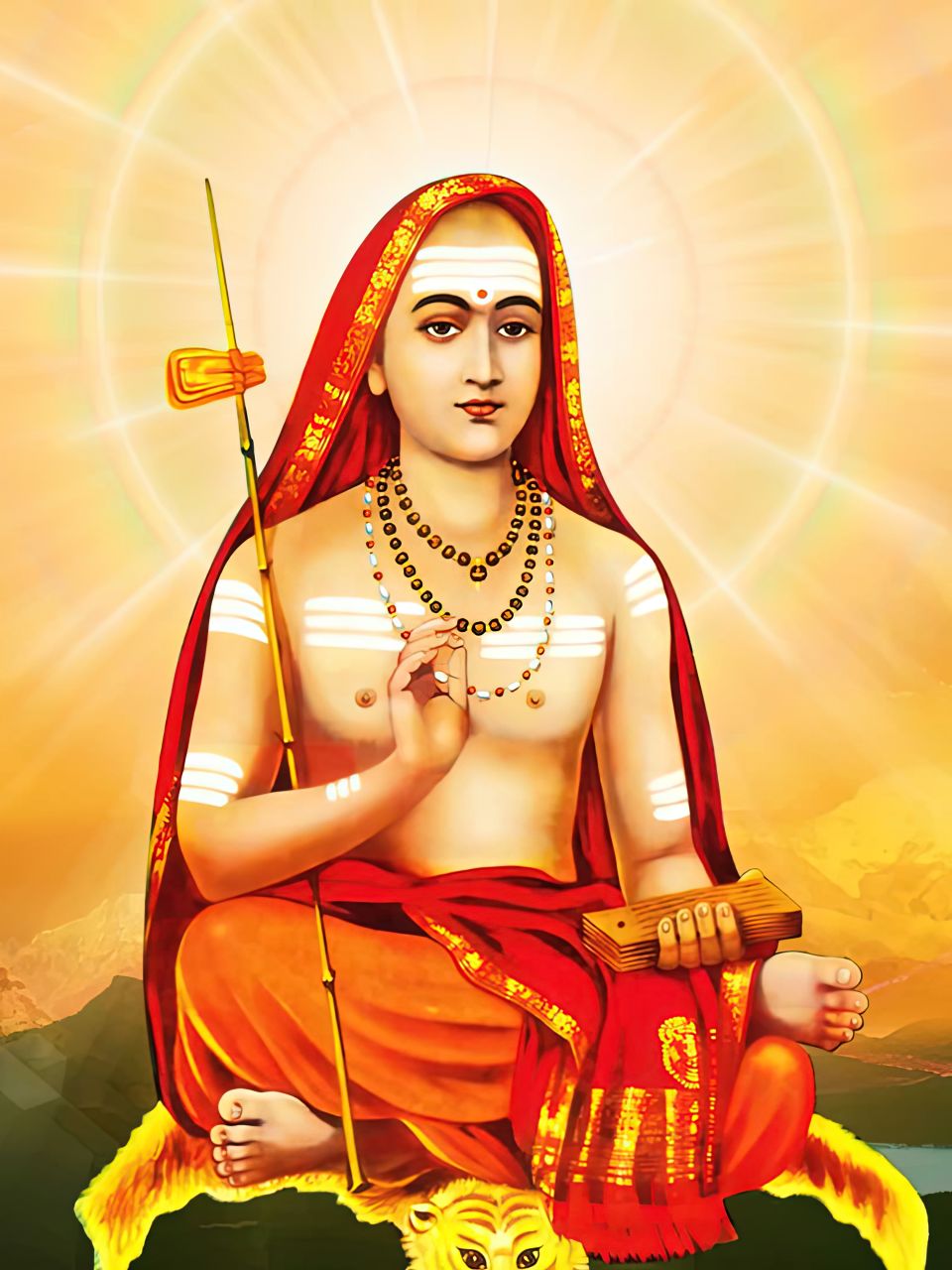

History of Juna Akhara
Origins and Founding
The Juna Akhara was formally established around the 7th century CE by the philosopher and theologian Adi Shankaracharya.
Name and Affiliation
"Juna" means "ancient" or "old," reflecting its heritage. It is part of the Dashanami Sampradaya, a Shaivite tradition founded by Adi Shankaracharya. It is primarily devoted to Lord Shiva, and its ascetics (sadhus) are typically Naga Sadhus—naked, ash-covered warriors of faith.
Founding and Lineage
The Juna Akhara was founded in the 7th century CE by Adi Shankaracharya, a revered Hindu philosopher who revitalized Hinduism through the Dashanami Sampradaya, a monastic tradition based on Advaita Vedanta. As part of his mission to protect and unify Sanatan Dharma, he established various Akharas, with Juna Akhara being one of the oldest and most prominent. It follows the Shaivite lineage, primarily devoted to Lord Shiva, and is composed mainly of Naga Sadhus, who practice intense asceticism and renunciation. These sadhus also have a martial lineage, historically trained to defend the faith during times of religious conflict. The spiritual leadership is passed through a guru-disciple tradition, maintaining an unbroken line of transmission from ancient times to the present day.
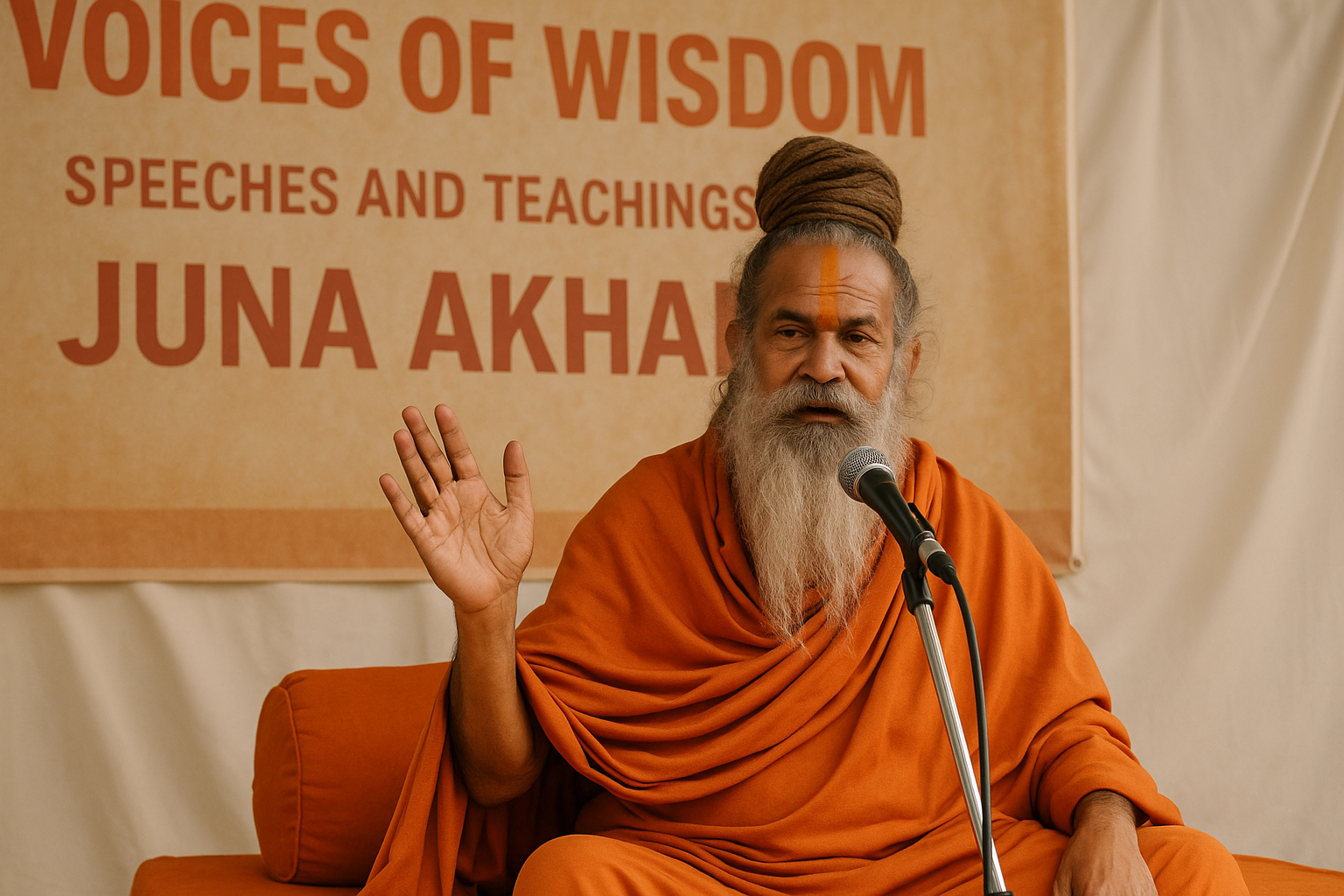
Guru Parampara
The Guru Parampara (spiritual lineage) of the Juna Akhara is part of the broader Dashanami Sampradaya, established by Adi Shankaracharya. This tradition follows the Advaita Vedanta philosophy and places strong emphasis on the Guru–Shishya (teacher–disciple) tradition. While detailed historical records of every guru in the lineage are not publicly available due to the secretive and oral nature of ascetic traditions.
1. Adi Shankaracharya
Regarded as the Adi Guru (first teacher) of the Dashanami tradition. Founded the ten orders of sannyasis (Dashanami) and organized them into Akharas to systematize monastic life. Juna Akhara is part of this Dashanami tradition and follows the Shaiva stream.
2. Dattatreya (Mythical Ancestral Guru)
Many Shaivite and ascetic traditions, including Juna Akhara, trace their spiritual origins to Lord Dattatreya, regarded as the eternal guru and embodiment of Brahma, Vishnu, and Shiva.
3. Line of Mahants and Mahamandaleshwars
Over centuries, the guru parampara of Juna Akhara has continued through initiated sannyasis, primarily Naga Sadhus. The Akhara is headed by a Shri Mahant, and senior teachers are called Mahamandaleshwars. These positions are passed through initiation (diksha) and spiritual merit, not by birth. Each Mahamandaleshwar maintains their own disciples, continuing the living lineage.
4. Notable Modern Gurus
Shri Mahant Hari Giri Ji Maharaj – Prominent leader and spokesperson of Juna Akhara in recent times. Swami Avdheshanand Giri Ji Maharaj – A respected spiritual leader sometimes associated with traditional Shaivite orders, although more prominently linked with other Akharas, he has been invited by Juna Akhara in spiritual contexts.
Spiritual Mission & Vision of Juna Akhara
Spiritual Mission:
The core mission of Juna Akhara is to preserve, protect, and propagate Sanatan Dharma (eternal Hindu tradition) through strict ascetic practices, spiritual discipline, and service. Rooted in the teachings of Adi Shankaracharya, its sadhus—especially the Naga Sadhus—are dedicated to a life of renunciation, devotion to Lord Shiva, and the practice of Advaita Vedanta. The Akhara also aims to uphold the purity of Vedic and Yogic knowledge while defending the faith from external threats, historically through martial training and spiritually through knowledge.
Spiritual Vision:
The vision of Juna Akhara is to foster a society where spiritual awakening, dharmic living, and inner renunciation lead to liberation (moksha). It envisions a world where self-realization, guru-shishya parampara (teacher-disciple tradition), and yogic values guide human life. The Akhara also seeks to inspire devotion and fearlessness among followers and to serve as a moral and spiritual guide in times of religious or cultural turmoil.
Organizational Structure
The Juna Akhara operates with a hierarchical and traditional monastic system, deeply rooted in guru-shishya parampara (teacher-disciple lineage). Its structure is both spiritual and administrative, enabling effective management of religious affairs, especially during large events like the Kumbh Mela.
Shri Mahant (Head of the Akhara)
The supreme spiritual and administrative leader of the Akhara.
Elected by senior sadhus and Mahamandaleshwars. Presides over major decisions, rituals, initiations, and Kumbh-related activities.
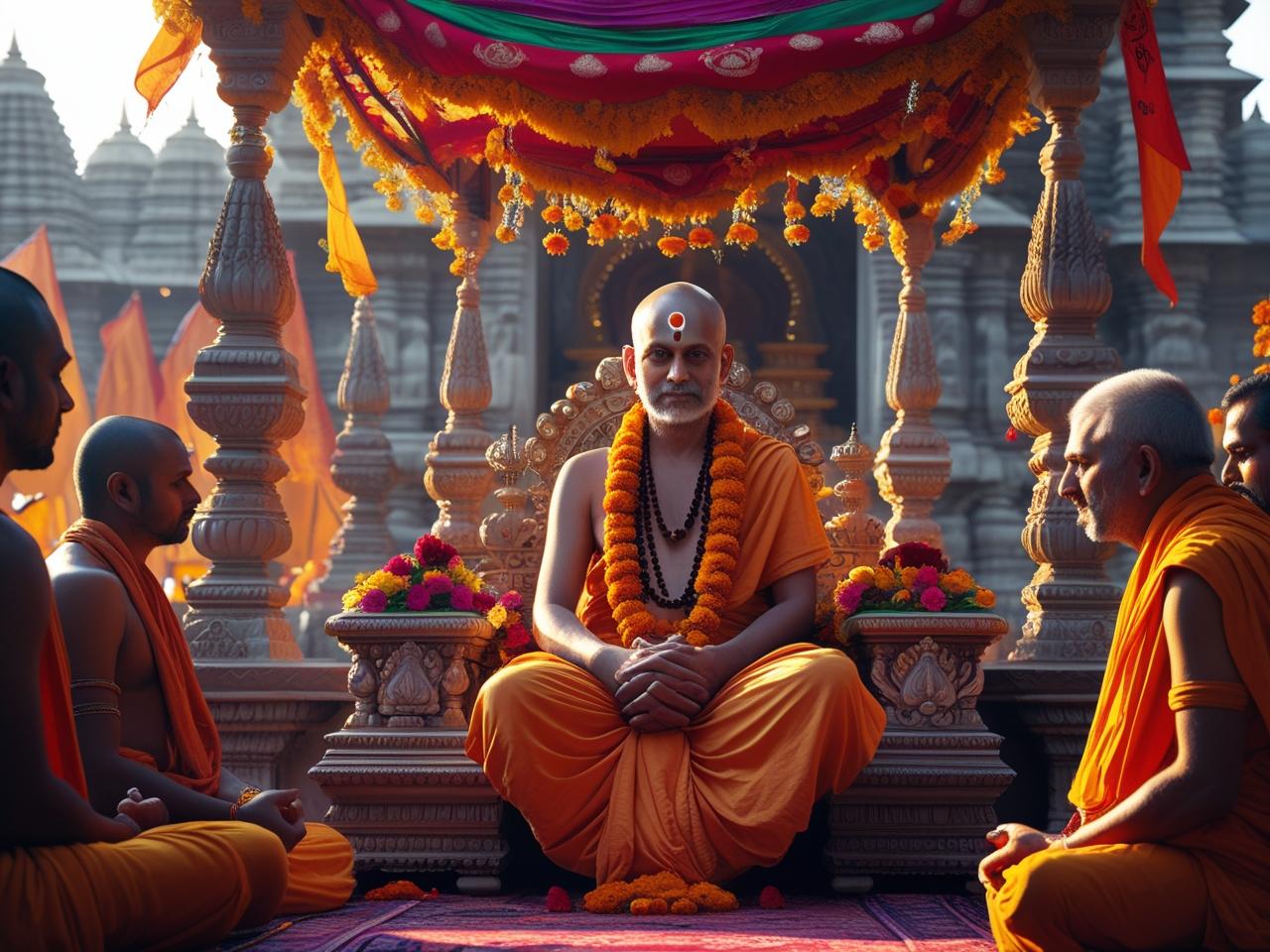
Mahamandaleshwar(s)
Senior monks who are spiritually advanced and respected within the Akhara.Serve as regional heads, spiritual leaders, and guardians of dharma.Appointed based on spiritual merit and leadership qualities.Each Mahamandaleshwar may have a following of disciples and manage their own ashrams.
Mandaleshwar
Junior to Mahamandaleshwars but still significant leaders within the order.Often assist in administrative tasks, initiation ceremonies, and local outreach.
Sadhus and Naga Sadhus
The spiritual core of the Akhara.Naga Sadhus are initiated ascetics known for their extreme renunciation and martial training.They live in ashrams or travel freely, spreading teachings and participating in rituals and pilgrimages.
Disciples (Chela)
Young aspirants or initiated novices under training by senior sadhus or Mahamandaleshwars.They learn scriptures, yogic practices, and rituals before full initiation.
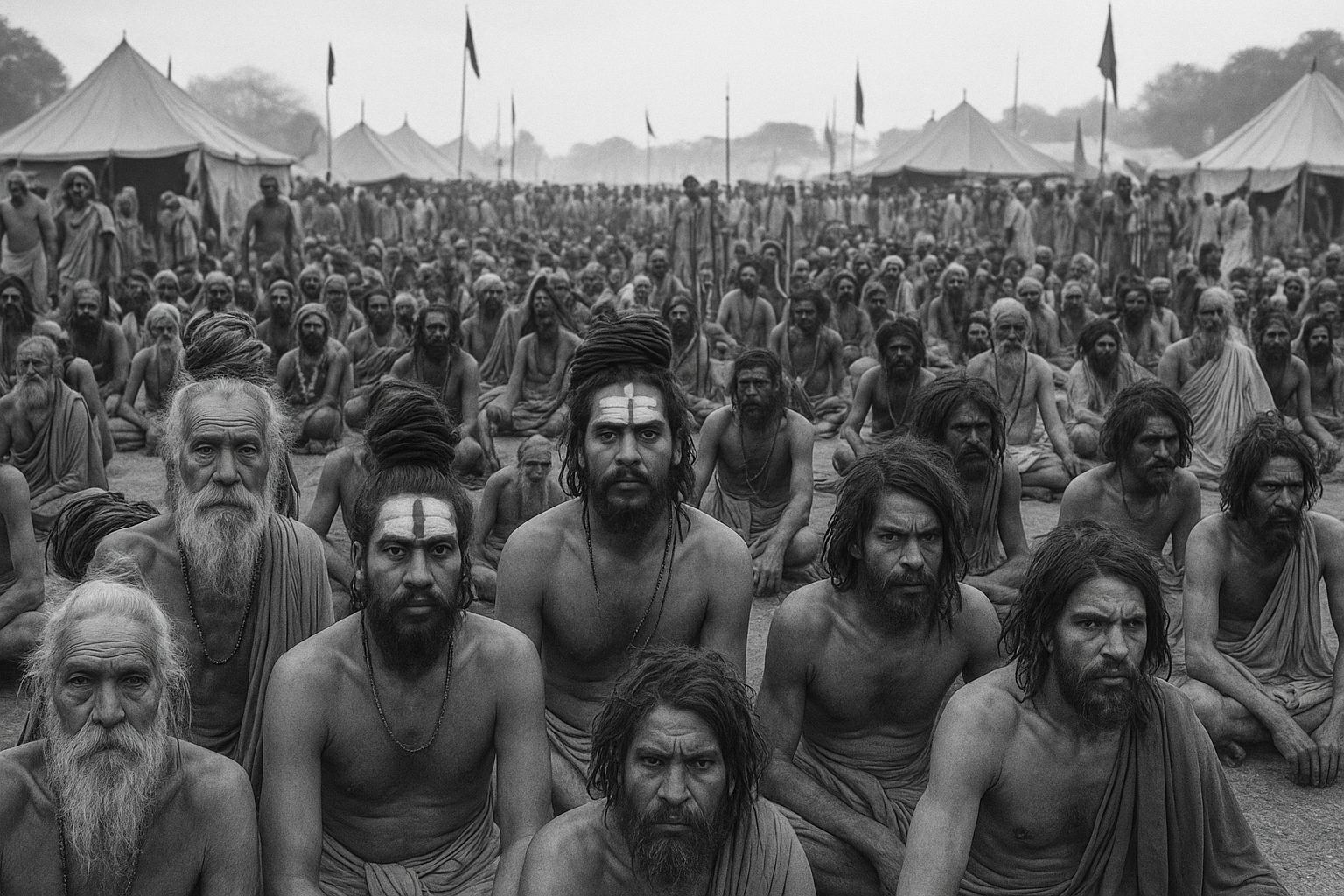
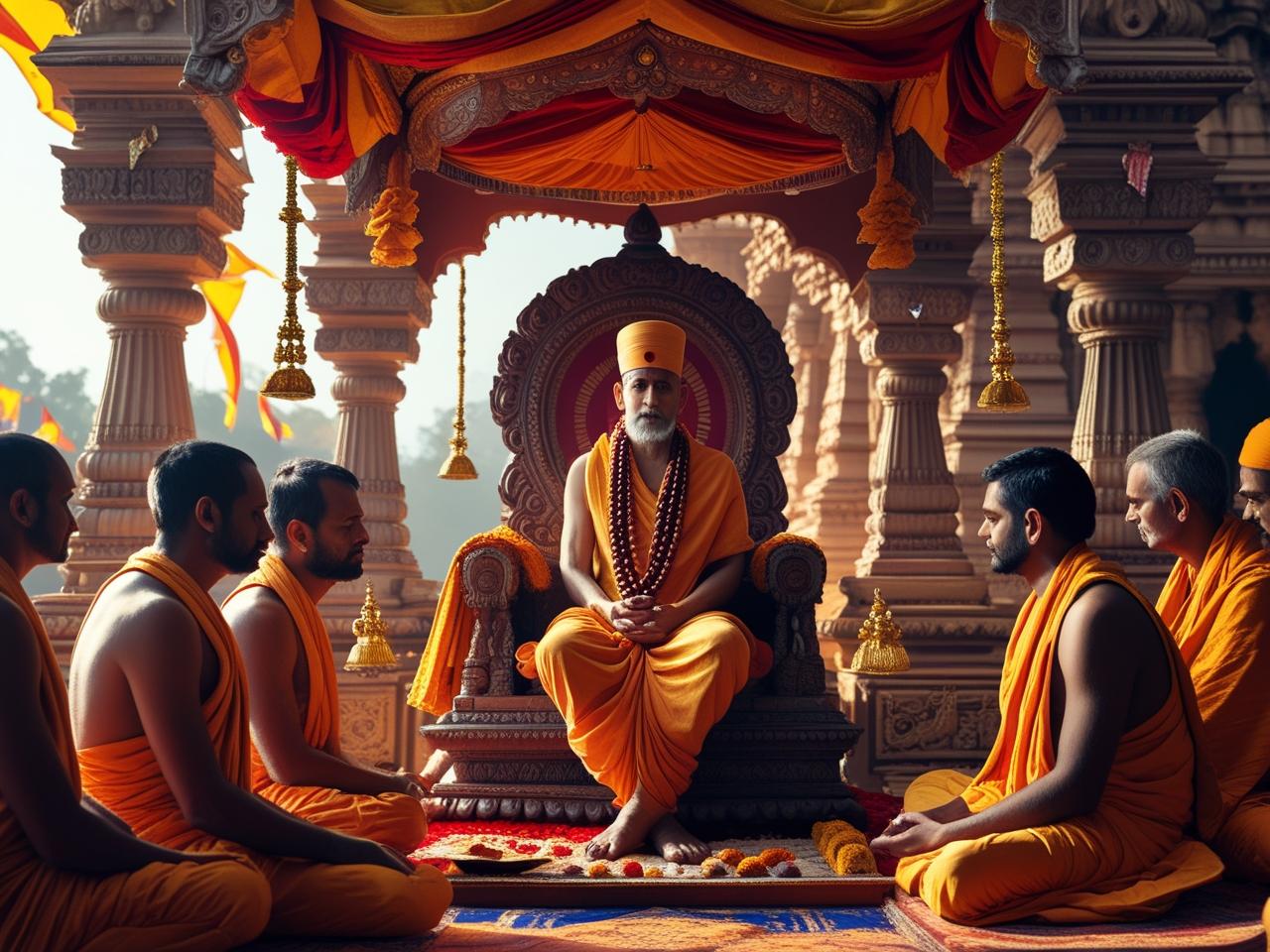
Supporting Bodies
Administrative Committees: Handle logistics, land management, temple affairs, and coordination for events like the Kumbh Mela.Spiritual Councils: Offer guidance on doctrinal and ethical matters.



